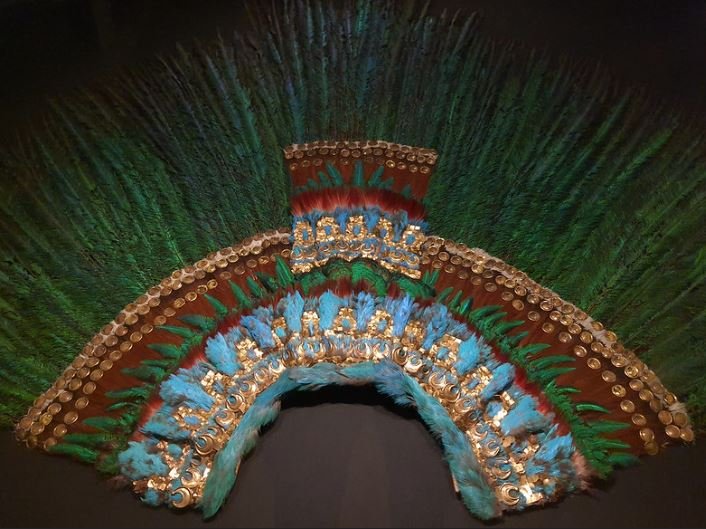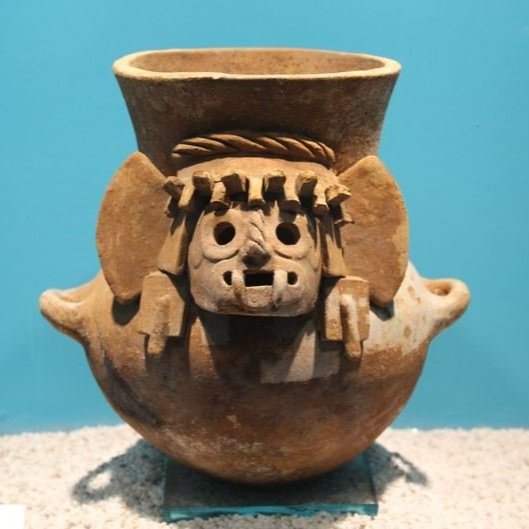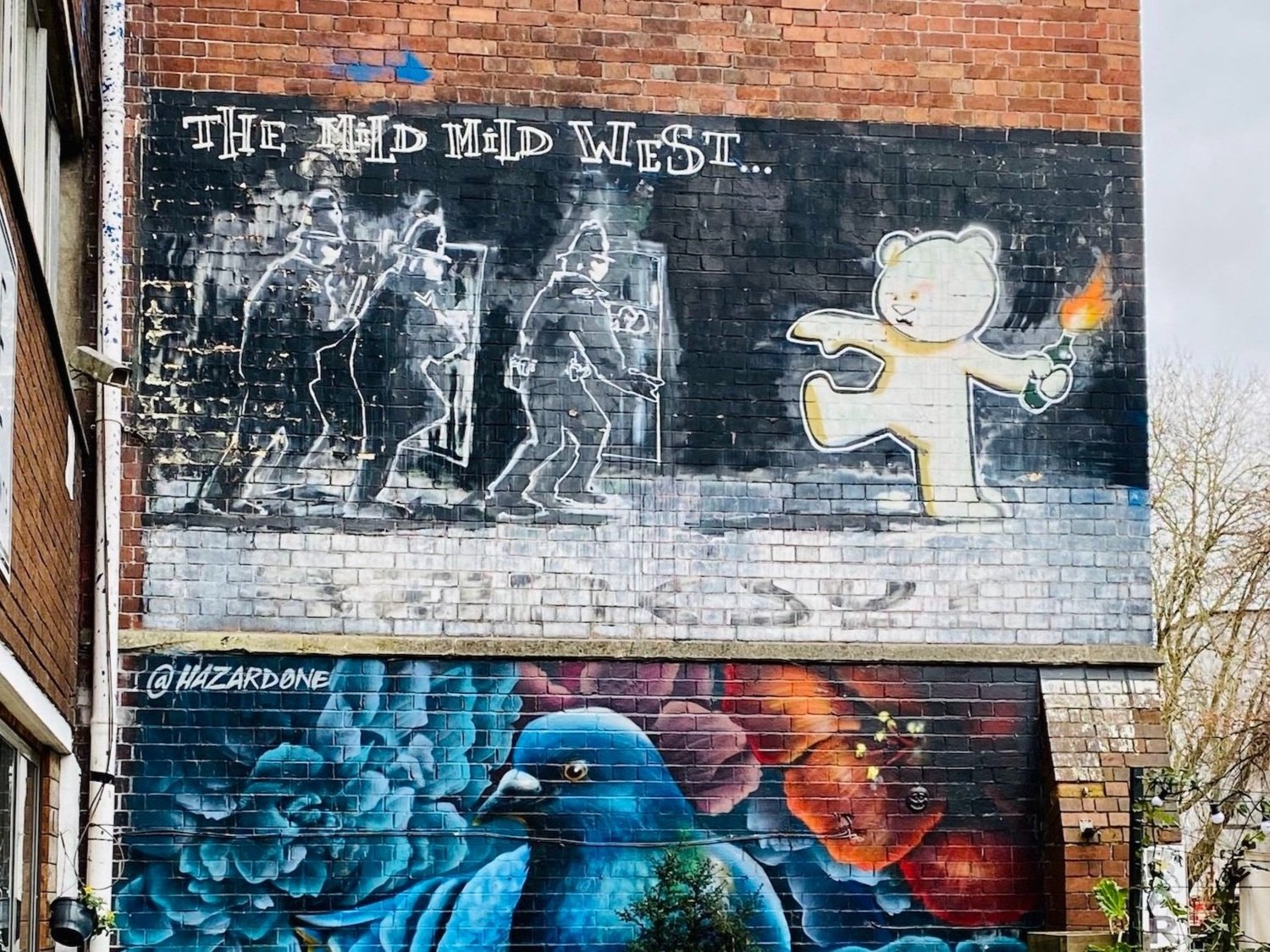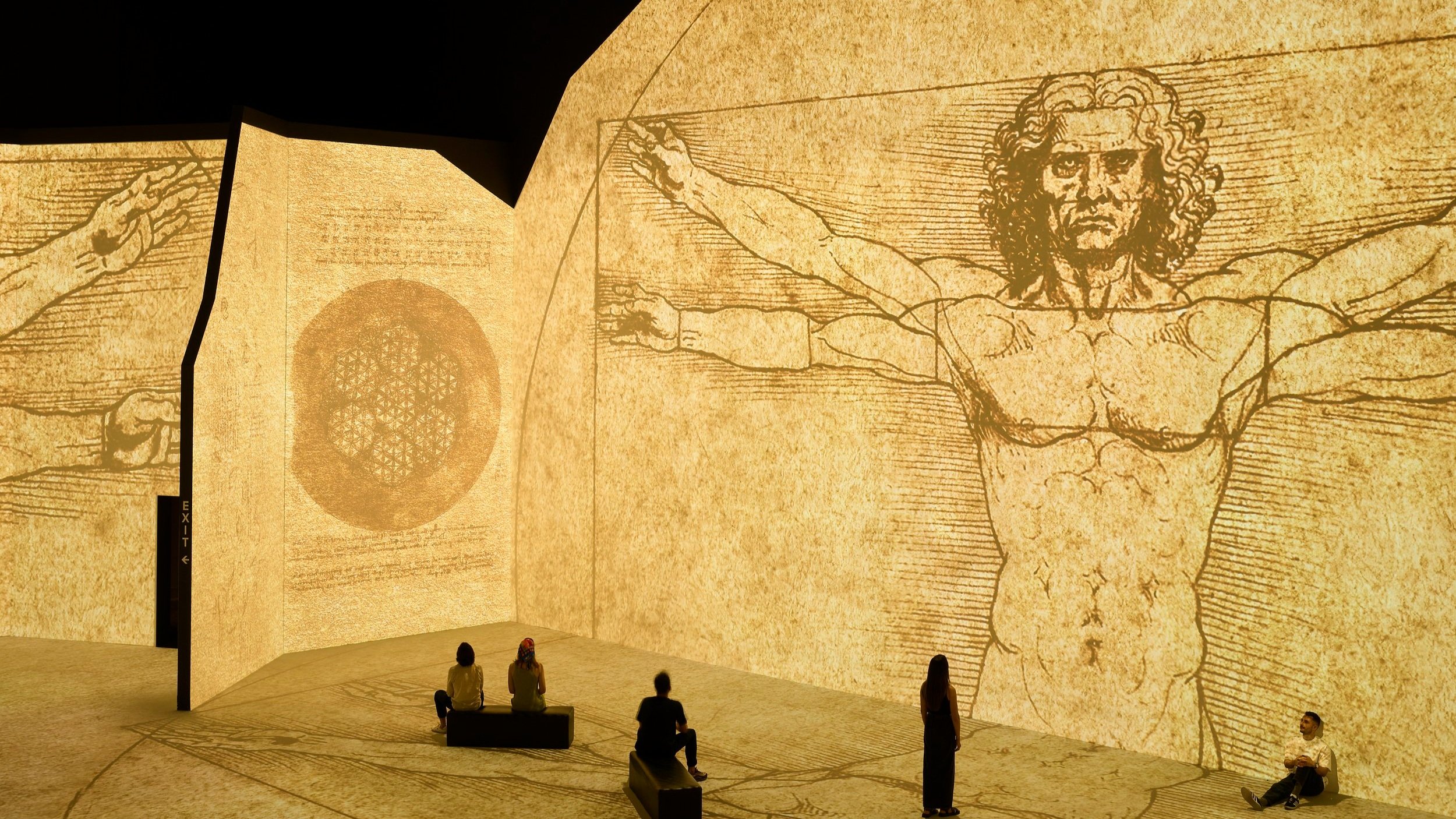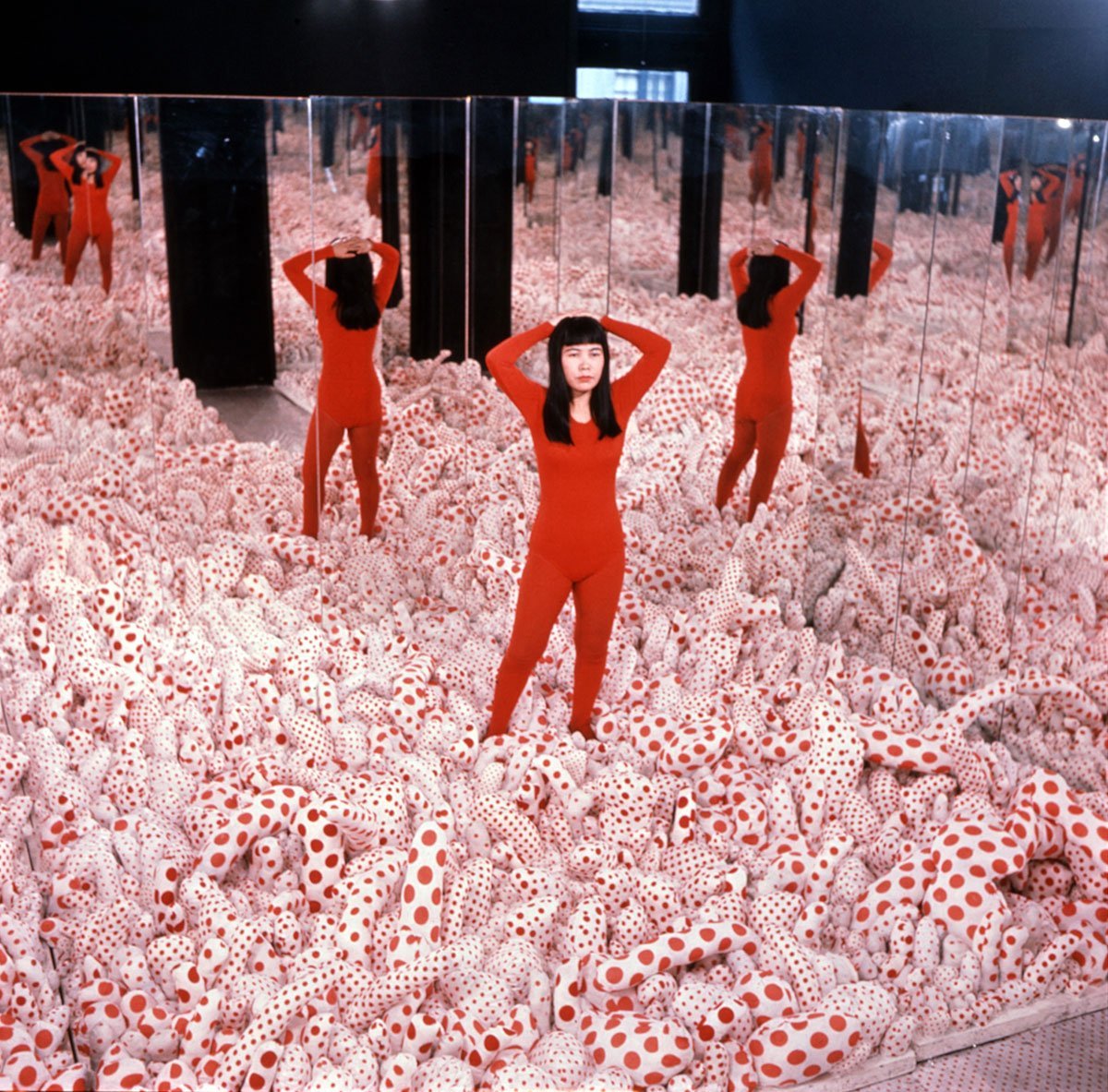What was Aztec Art like?
The Aztec civilization flourished in the Valley of Mexico from the 14th to 16th centuries and they left a strong art legacy legacy. Aztec art was not merely a form of creative expression but a fundamental aspect of their society, deeply intertwined with their religious beliefs, cultural traditions, and way of life.
For the Aztecs, art served as a powerful medium to honour their gods, celebrate rulers, and record historical events and mythological narratives.
Through their intricate sculptures, vibrant frescoes, and meticulously crafted objects, they created a visual language that celebrated their cosmology, reflected their social values, and preserved their rich cultural heritage.
Read on to find out more about Aztec art.
Table of Contents
1. Monumental Sculptures: Carved Deities and Mythological Scenes
2. Architectural Wonders: Art and Design Intertwined
3. Pottery and Ceramics: Utilitarian Beauty
4. Aztec Metalwork and Jewellery: Precious Artistry
5. Featherwork: A Unique and Vibrant Art Form
1. Monumental Sculptures: Carved Deities and Mythological Scenes
One of the most striking features of Aztec art was the colossal stone sculptures that adorned temples, plazas, and public spaces.
These monumental works, carved from volcanic rock like basalt and andesite, depicted gods and deities, mythological creatures, and revered rulers in intricate detail, showcasing the Aztecs' mastery of stone carving techniques.
Aztec Stone Coatlique (Cihuacoatl) Earth Goddess
The Coatlicue sculpture, stands as a towering testament to the Aztecs' artistic prowess. This imposing figure, representing the mother goddess of the earth and fertility, stands over 3 metres tall and is adorned with a skirt of intertwined serpents and a necklace of human hearts and skulls, symbolizing the duality of life and death.
Aztec Coyolxauhqui Stone
Another iconic Aztec sculpture is the Coyolxauhqui stone, a massive circular relief depicting the dismembered body of the moon goddess. This intricate carving, once part of the Templo Mayor complex, exemplifies the Aztecs' ability to convey complex mythological narratives through art, weaving together symbolism, storytelling, and artistic mastery.
2. Architectural Wonders: Aztec Art and Design Intertwined
Aztec art was found in its architecture. The Aztec civilization was renowned for its architectural achievements, with towering pyramids, temples, and palaces that seamlessly integrated art into their design.
The Templo Mayor
The Templo Mayor, the main temple of the Aztec capital Tenochtitlan, was a monumental architectural and artistic feat, featuring two imposing pyramids dedicated to the deities Huitzilopochtli and Tlaloc.
Aztec Art and Architecture
The exterior walls of these structures were adorned with intricate carvings and vibrant frescoes, depicting deities, warriors, and mythological scenes.
The fusion of art and architecture in Aztec design created an immersive and awe-inspiring experience, reflecting the civilization's deep spiritual beliefs and cultural identity.
The meticulous planning and execution of these architectural marvels not only showcased the Aztecs' engineering prowess but also their artistic vision. Every aspect, from the overall layout to the smallest decorative element, was imbued with symbolic meaning and artistic expression, creating a harmonious blend of function and aesthetics.
3. Pottery and Ceramics: Utilitarian Beauty
Aztec artisans were highly skilled in the art of pottery and ceramics, producing a diverse range of vessels, figurines, and decorative objects that showcased their artistic prowess.
One of the most renowned examples is the Tlaloc vessel, a striking ceramic effigy depicting the rain god Tlaloc.
This intricate vessel, adorned with symbolic glyphs and imagery, demonstrates the Aztecs' advanced ceramic techniques, including mold-making, polychrome painting, and intricate surface decorations.
Pottery and ceramics played a crucial role in Aztec society, serving both utilitarian and ritual purposes, and their production was a highly respected art form.
Utilitarian objects, such as cooking vessels and storage containers, were transformed into works of art through the application of vibrant colours, intricate designs, and symbolic motifs.
Even the most mundane household items were elevated to the realm of artistic expression, reflecting the Aztecs' deep appreciation for beauty in all aspects of life.
4. Aztec Metalwork and Jewellery: Precious Artistry
Aztec artists were also skilled in working with precious metals, creating intricate jewellery and decorative objects using advanced techniques like lost-wax casting and filigree work.
Gold, silver, and precious stones like jade were favoured materials, and the resulting metalwork often depicted deities, animals, and symbolic motifs.
These intricate pieces, worn by the nobility and used in religious ceremonies, were not only works of art but also symbols of power and wealth. The Aztecs' mastery of metalworking techniques showcased their artistic sophistication and the importance they placed on precious materials.
Metalwork objects, such as elaborate masks, pendants, and ornaments, were imbued with spiritual significance and often served as offerings to the gods. The intricate designs and meticulous craftsmanship displayed in these objects attest to the Aztecs' reverence for their deities and their dedication to artistic perfection.
5. Featherwork: A Unique and Vibrant Art Form
One of the most distinctive and captivating aspects of Aztec art was the intricate featherwork that adorned headdresses, cloaks, and mosaics.
The Aztecs revered the vibrant feathers of the quetzal bird, a species native to Mesoamerica, and incorporated them into their artwork with incredible skill and precision.
These elaborate featherworks, often depicting deities, animals, and symbolic patterns, were not only visually stunning but also held deep religious and cultural significance.
Featherwork was a highly respected and prestigious art form, requiring immense patience, skill, and attention to detail.
The creation of these intricate featherworks involved a meticulous process of sorting, trimming, and arranging individual feathers into intricate designs.
The resulting pieces were true masterpieces, displaying a remarkable blend of color, texture, and symbolism that celebrated the natural world and the Aztecs' spiritual beliefs.
6. Visual Narratives of History and Tradition
While many Aztec art forms were tragically lost or destroyed during the Spanish conquest, the codices, or pictorial manuscripts, provide an invaluable glimpse into the rich artistic traditions of this civilization.
These handwritten books, created on bark paper or deerskin, recorded historical events, religious beliefs, and cultural practices through a system of glyphs and images.
The Florentine Codex, compiled in the 16th century by the Franciscan friar Bernardino de Sahagún, is a remarkable compendium of Aztec life, including detailed descriptions and illustrations of their art, rituals, and customs.
These codices not only preserve the artistic legacy of the Aztecs but also serve as a testament to the continuity of their artistic traditions and their commitment to preserving their cultural heritage.
Through these visual narratives, the Aztecs documented their history, mythology, and way of life, ensuring that their stories and traditions would be passed down through generations. The codices serve as a powerful reminder of the enduring human desire to create, share, and preserve knowledge through artistic expression.
7. The Enduring Inspiration of Ancient Art Forms
The art forms of the Aztecs, with their vibrant colours, intricate designs, and symbolic meanings, continue to inspire and influence contemporary artists around the world.
Many modern Mexican artists draw inspiration from the techniques, materials, and aesthetics of ancient art forms, creating works that pay homage to their cultural heritage while also pushing the boundaries of artistic expression.
Contemporary artists have explored the use of traditional materials like feathers, precious metals, and stone, reinterpreting them through a modern lens and blending them with contemporary techniques and styles.
This fusion of ancient and modern has given rise to a rich and diverse artistic landscape, where the past and present converge in a celebration of cultural identity and creative expression.
Furthermore, the study and preservation of ancient art forms like those of the Aztecs are crucial for understanding and appreciating the rich tapestry of human creativity and cultural diversity.
By exploring the artistic achievements of civilizations like the Aztecs, we gain a deeper understanding of the human experience and the enduring power of art to transcend time and borders.
Through these artistic explorations, we not only honour the legacies of past civilizations but also pave the way for future generations to appreciate and build upon the rich artistic traditions that have shaped our world.
I hope you have found this blog post about Aztec Art interesting and enjoyable. To find out more about other great artists, read here:
If you have any questions or comments, please email me at sarahransomeart@gmail.com.









